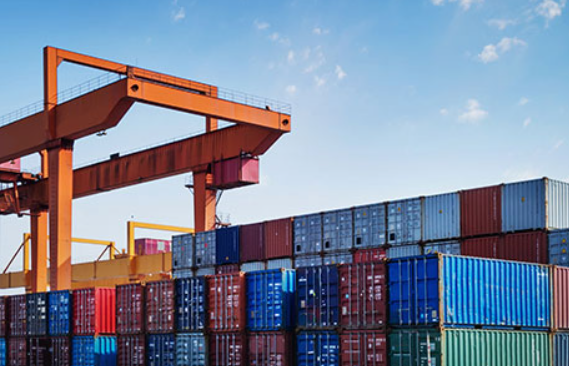What is a bill of lading?
A bill of lading (B/L) is a legal document that serves as evidence of a contract for the carriage of goods by sea. It is issued by the carrier, such as a shipping line or freight forwarder, to the shipper or consignor of the goods. The bill of lading functions as a receipt of the goods, a document of title, and a contract of carriage.

Here are some key points about a bill of lading:
1.Purpose: The primary purpose of a bill of lading is to establish the terms and conditions of the contract of carriage. It outlines the responsibilities and obligations of the carrier and the shipper with regards to the transportation of goods.
2.Contents: A bill of lading typically includes information such as the names and addresses of the shipper, the carrier, and the consignee (the party to whom the goods are being shipped), a description of the goods, the quantity and weight of the goods, the origin and destination ports, and any special instructions or requirements for the shipment.
3.Functions: The bill of lading has several important functions. It serves as a receipt, acknowledging that the goods have been received by the carrier in good condition. It is also a document of title, meaning it can be used to transfer ownership or to claim the goods at the destination. Additionally, it acts as evidence of the contract of carriage and can be used as a legal document in case of disputes or claims.
4.Types: There are different types of bills of lading, including straight (non-negotiable) bills of lading and negotiable (order) bills of lading. A straight bill of lading specifies a named consignee to whom the goods will be delivered, while a negotiable bill of lading can be transferred to another party through endorsement and can be used as a trading instrument.
5.Importance: The bill of lading is a crucial document in international trade, as it facilitates the movement of goods between different parties involved in the supply chain. It is required for customs clearance, serves as proof of shipment, and is often used for payment purposes, such as in letter of credit transactions.
Related articles

 WeChat of CBiBank
WeChat of CBiBank